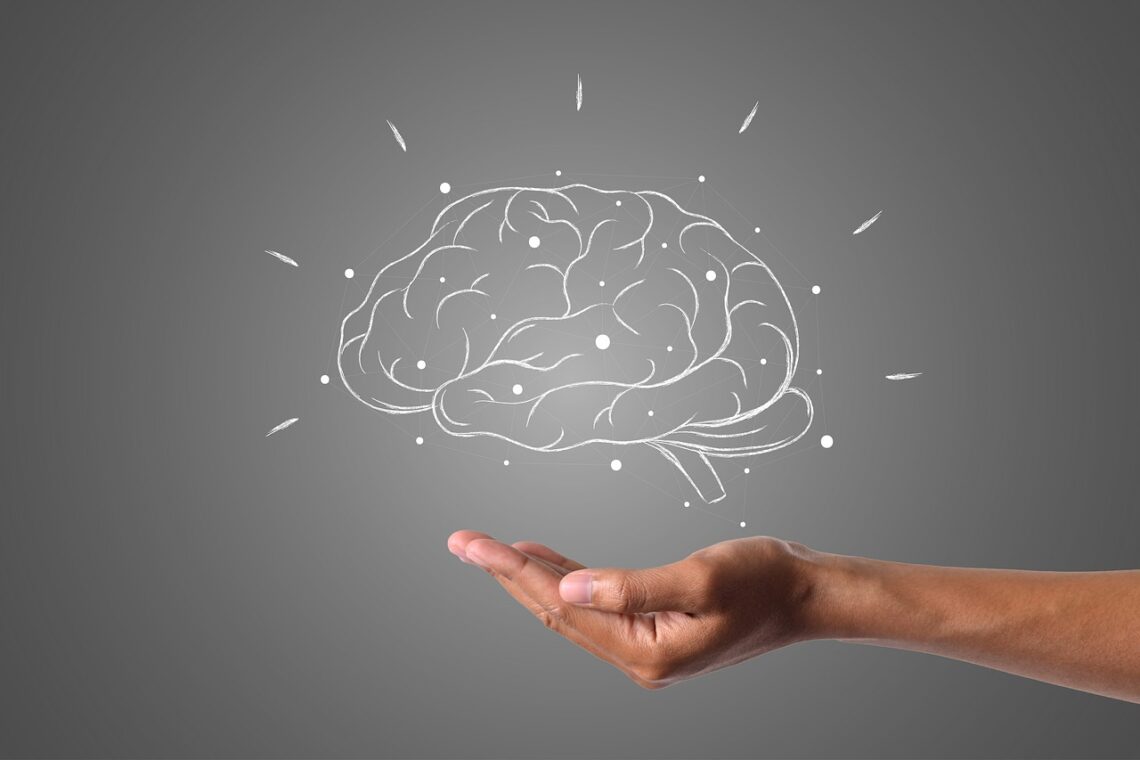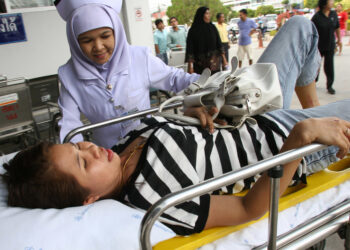World Stroke Day is observed every year on Oct. 29 to raise awareness about a serious health problem that affects the lives of more than 12 million people across the globe. Stroke is also a leading cause of disability and death worldwide.
A stroke or a brain attack happens when the blood supply to the brain gets blocked (ischemic stroke) or when there is a leakage or bursting of blood vessels in the brain (hemorrhagic stroke).
This year’s theme, “Together we are #Greater Than Stroke,” focuses on preventing stroke by addressing the risk factors responsible for it.
Know the “FAST” warning signs
The signs of stroke include numbness or weakness to the face, arm or leg, especially on one side of the body, confusion, difficulty in speaking, walking or vision, and severe headache without any known cause.
The National Stroke Association has created an easy acronym, “FAST,” to help recognize the signs of a stroke.
- F – Face drooping – If you notice drooping or numbness on one side of a face, it can be a sign of a stroke.
- A – Arm weakness – If a person has a weakness, numbness in arms, or any one arm drifts downwards while raising both, it can be a warning sign.
- S – Speech difficulty – difficulty to speak or slurred speech can be a sign of a stroke.
- T – Time to call 911 – If you notice any of the above signs, it means the person is in an emergency, and call 911 immediately.
Facts about stroke
- One in four people are at the risk of having a stroke during their lifetime.
- Someone in the U.S. gets a stroke every 30 seconds and death from stroke happens every three minutes and 14 seconds.
- Almost 90% of strokes can be prevented by managing the risk factors, including high blood pressure and irregular heartbeat (atrial fibrillation).
- About one in four stroke survivors are at risk of another attack.
Steps to prevent stroke
1. Healthy diet – It is very well known that high blood pressure and cholesterol raise stroke risk. To manage high blood pressure, reducing salt intake can be helpful….
Read the full article here








